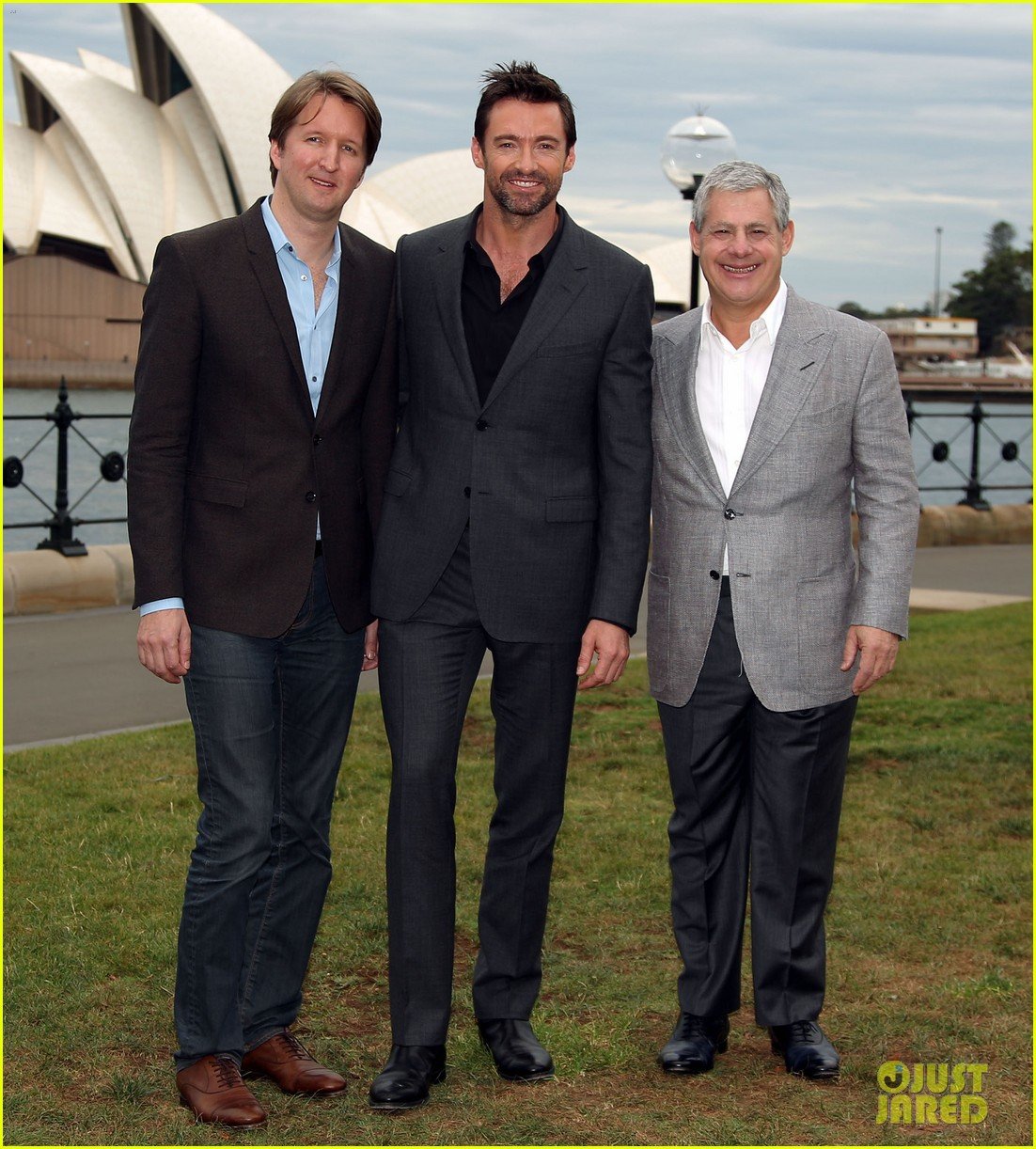My writing group (which I promise to blog about soon) made a request of me last December to start sharing my knowledge of all things grammar. I teach freshman English. I nit pick grammar mistakes when I critique. I have come to be known as the Grammar Goddess–an epithet I wear proudly. That’s not to say that I have an all knowing grasp of grammar. I often have to look up rules in order to explain them, but when I do look them up, they make sense to me and I’m able to turn around and teach those rules to my students or my writing group.
So now at our monthly meetings, I get to share a little grammar corner minute with the ladies who attend to clear up any grammar confusions they have. I ask for what they are struggling with or don’t understand, slap a PowerPoint together and regale them with my knowledge.
Hugh Jackman and chocolate both tend to come up a lot in my examples.
Well, this month at the meeting, one of the ladies made another request: “Would you put your grammar lessons on your blog so I can link to it from my blog once a month?”
Man, why didn’t I think of that? Thanks, Nikki. This one’s for you.
So today, I add another feature to my never-updated-on-a-regular-basis blog. A grammar corner that will tackle one little aspect of writing per post.
I’m going to start here, right where I started for my writing group: Basic Comma Usage.
Ready? Here we go!
1. Use a comma before a conjunction.
Remember Schoolhouse Rock? If you don’t, I feel sad for you. If so, you probably remember:

What’s your function?
When you use a conjunction, put a comma in front of it. Can’t remember what those pesky conjunctions are? Just use FANBOYS.
- For
- And
- Nor
- But
- Or
- Yet
- So
A note: Simpler sentences don’t absolutely need commas before the conjunctions, but it’s never wrong to include one if you aren’t sure or if you prefer it that way.
2. Use a comma when you are making a list or showing a series.
- I need fruit trays, veggie trays, chips, dips, soda, Hugh Jackman, Ryan Reynolds and Chris Hemsworth for my party this weekend.
3. Coordinate Adjectives.
Uh, what the heck are those? Well, adjectives are used to describe nouns. When you use more than one adjective to describe only one noun, then they are coordinate adjectives. For example:
-
The tall, distinguished, good looking fellow.

It’s obvious who I’m talking about, right?
“Tall”, “distinguished” and “good looking” all coordinate to describe the fellow.
4. Introductory elements: A word, phrase or clause at the beginning of a sentence that helps to set it up.
-
Fortunately, the plane hadn’t left yet.
-
On the other hand, he is kind of a jerk.
-
Twirling her around the dance floor, he kept his eyes on the man at the bar.
A note: Some editors might tell you to leave out the comma when you use a one word only introductory phrase like “fortunately” or “however”. It comes down to a personal style preference. So try both and see how you feel.
This list certainly doesn’t cover all the rules of commas, and there are exceptions, but I hope it helps to clear up some things about using commas.
Look for more Grammar Corner posts in the future!

Pingback: Grammar Corner | The Words in My Head
Great post! I’m guessing from #2 that you’re not a fan of the Oxford comma?
No. I feel like the Oxford comma is personal style choice and mine says, “Why bother?” The only time I use one is if I feel the meaning of the sentence is too ambiguous without one.
Any grammar lesson that includes Hugh Jackman is amazing. Love it!